Note
Looking for archives of The Hatchet from late 1960’s for any articles relating to protests taking place at GWU. Abbie Hoffman/Jerry Rubin… The Holiday Inn of the Revolution… etc. Do archives of The Hatchet from that era exist? If yes are the available to the public?
Yes, they are scanned and available online. Click here to see our digital collections: https://library.gwu.edu/digital-collections-and-services
3 notes
·
View notes
Photo

Newly arrived at the @teamsternation archives in time for #LaborDay - a 1964 audio recording of Gen. Pres. Jimmy Hoffa announcing the National Master Freight Agreement.
4 notes
·
View notes
Text
Interesting Find in the Collection: When the National Education Association was not a Union
From its founding in 1857 until the late 1960s, the National Education Association represented teachers as members but also represented school administrators. Bridging both sides of the labor-management divide as they did, the Association rejected the label of 'union' preferring to call itself a professional association. In tandem with rejecting the label, it rejected the tactics of unionism, as well. Advocating for respect by 'professionalizing the profession' were favored over strikes, collective bargaining, and adversarial relationships with administrators. Complicating this relationship was the role of the school administrators, who had authority over the members as employees while also playing an outsized role in directing the agenda of the NEA itself. In the early 1970s, the Association changed its role, giving teachers a greater voice in the organization and embracing its modern role as a union.
This interesting find in the collection provides an insight into why those teachers felt they needed a more powerful voice. It is from the 1912 Journal of the Proceedings and Addresses, the minutes of their annual meeting, and can be found here. The members are voting to select a new president. One of the members proposes a candidate to replace a nominee currently on the ballot. The candidate she proposes is Grace Strachan, a champion at the time for equal pay for teachers regardless of gender.
The chair holds an open floor vote for the replacement and the vote fails. The person who proposed the replacement nominee then objects to the vote, on the grounds that it "is not fair to stand up and be counted when their superior officers do not want them to be counted." Essentially, their bosses, the school administrators, would see how they voted and could censure them for it. At the time, many teachers served at will, so upsetting their supervisors was a poor career move. The proposed solution is to hold a secret ballot. The chair recognizes the proposal and an open floor vote is held to see if a secret ballot should be held. Of course, the proposal for a secret ballot fails for the same reason the original vote failed-administrators would know if a teacher they supervised had voted for the secret ballot.
To read more about this subject or anything else about the history of the National Education Association, contact the NEA Archivist at [email protected] or visit the Special Collections Research Center on the 7th floor of Gelman Library.
26 notes
·
View notes
Photo

In 1979, the National Education Association saw an ambition of theirs realized with the creation of a cabinet-level Department of Education. The records of the NEA suggest that the Association had been campaigning for this development for almost a decade before it came to pass. This item, found in the collection, predates that campaign by 50 years. The Association has long fought for the value of public education, and a federal office devoted to public schools and school teachers was considered an important asset for their cause.
31 notes
·
View notes
Text
Horizons: Theater from a Woman’s Perspective
Founded in 1977, Horizons: Theater from a Woman’s Perspective was the nation’s oldest, longest-running feminist theater. Originally known as Pro Femina Theater, Horizons premiered more than 60 plays authored by female playwrights, and served as a home for local actors until its closure in 2007.
Horizons’ plays tackled a range of subjects, including modern relationships, aging, motherhood, surviving trauma, family, and traditional gender roles. The Horizons Theater Company records collection in Special Collections has scripts, stage diagrams, photos, posters, and programs from dozens of plays, including the 1997-1998 production of “In Good Company,” starring GW alum Kerry Washington as Lorraine Hansberry.
This post was submitted by Sandra Delaney, who recently worked in Special Collections as an ARL/SAA Mosaic Fellow. Sandra is a second-year graduate student pursuing a Master's in Library and Information Science at Simmons College and a Collections Intern at the Historical Society of Washington, D.C.


9 notes
·
View notes
Text
The New Education in New Russia
In January of 1928, the National Education Association ran a story on the state of education in the Soviet Union in their Journal. The report begins by assessing the curriculum for nine-year-olds, noting that it "intelligently aids the teachers to help the children to think". Parts of the curriculum would look odd to a modern student or teacher; fire-making and fire-handling were taught. New methods of teaching were being practiced. In mathematics, for example, the "old system of gradual development of...conceptions must be discarded" in favor of finding real-world examples where applied math can be used.
The report then looks at the practical results of Soviet education; successes and continuing challenges. In 1918, when communist control of Russia was still in its infancy, the army was only 50% literate. By 1922, as the Russian Civil War was drawing to a close, that rate was raised to 94%. The greater challenge was the education of the new country's many minorities. A multitude of languages were spoken across the USSR, and some of those languages lacked alphabets.
The entire report can be read here.
34 notes
·
View notes
Photo

A fitting #finis for this #Friday:
John Selden, Mare Clausum (London: William Stansby for Richard Meighen, 1636).
106 notes
·
View notes
Text
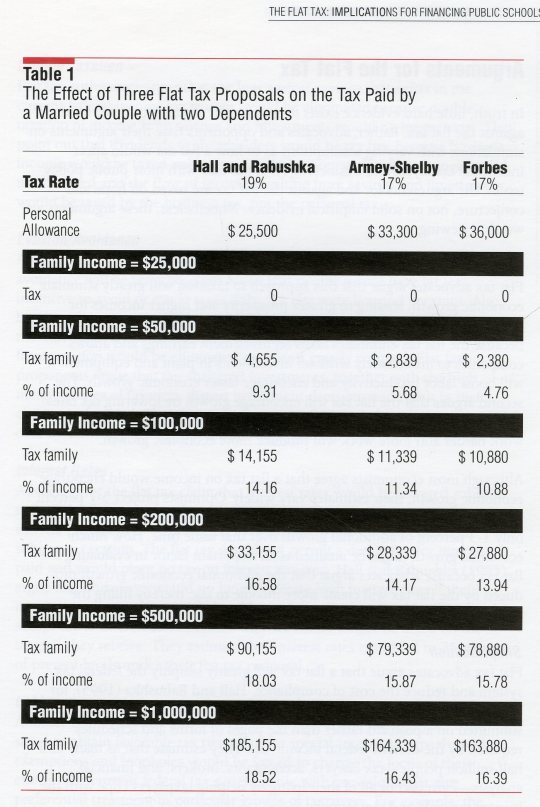
A table from The Flat Tax: Implications for Financing Public Schools, found in the American Association of School Administrators collection.
4 notes
·
View notes
Text
With the new tax reform bill almost certain to become a law, this seems an appropriate time to take a look at an item from one of our collections. The papers of the American Association of School Administrators (AASA) will be publicly available soon. AASA serves as a professional association for school system leaders and is a leading voice for public education in the United States.
In 1996, Republican presidential candidate Steve Forbes popularized the idea of a flat tax, or a tax with a constant marginal rate. There are varieties of flat taxes, and AASA wanted to inform members and interested parties about the effects of each plan, both on the tax system in general and on public school financing, in particular.
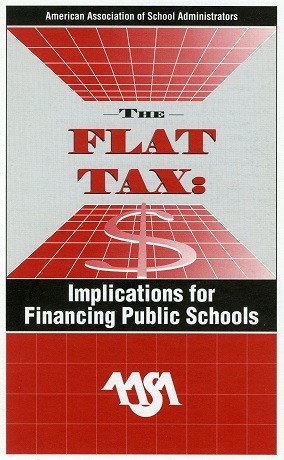
The pamphlet is fair to both sides, including both arguments for and against the issue. It finishes with an analysis of what effect a flat tax would have on school finances, noting that a cut in federal funds would exacerbate inequalities between school districts, as districts with high concentrations of special needs students and/or a small local tax base would be forced to cut services.
If you are interested in reading about the flat tax or anything else from the American Association of School Administrators collection, contact Special Collections staff at [email protected]
4 notes
·
View notes
Photo


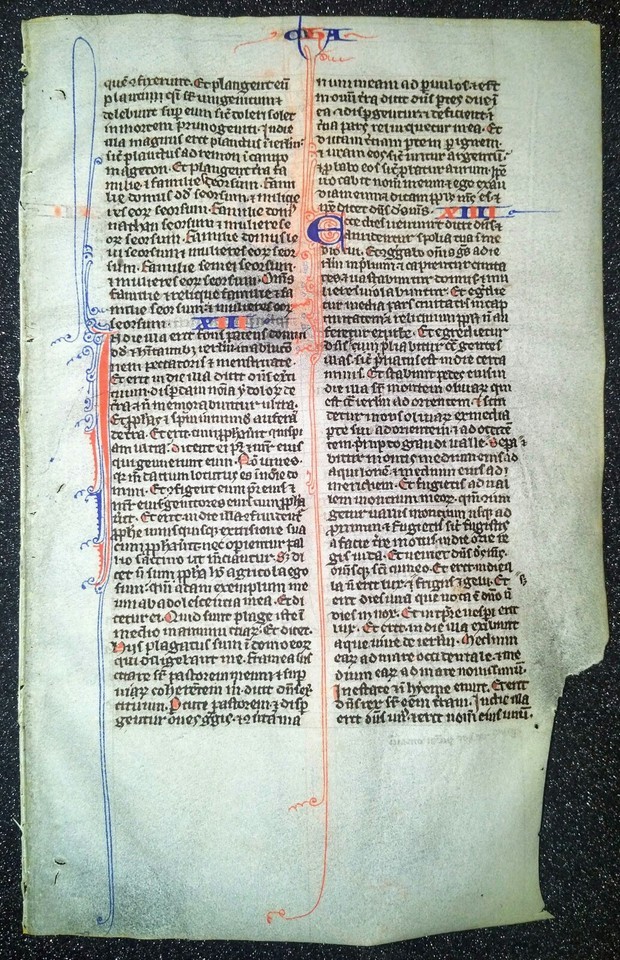

Happy Hanukkah from GWU Special Collections! Our new acquisition, this illuminated manuscript leaf from one of the books of the Maccabees taken from a 13th-century French bible, arrived just in time.
Preserved in the Catholic tradition but not included in the Hebrew Bible, the books of the Maccabees offer the earliest references to the story of Hanukkah and the rededication of the Temple of Jerusalem, standing as the main contemporary sources for the period.
From the I. Edward Kiev Judaica Collection.
#SpecialCollections#RareBooks#Judaica#Manuscripts#IlluminatedManuscript#Medieval#Maccabees#hanukkah#Chanukah#Illumination#Rubrication
34 notes
·
View notes
Photo


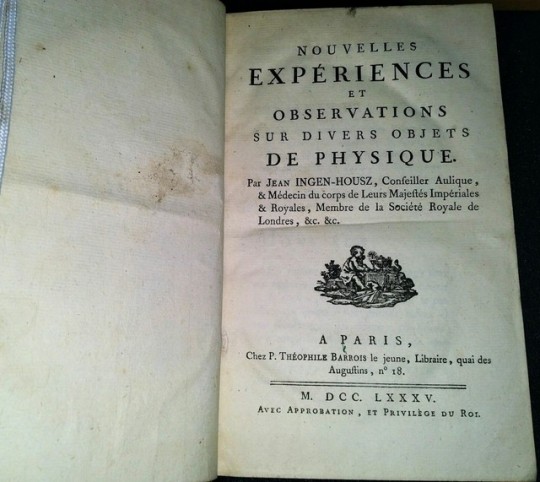
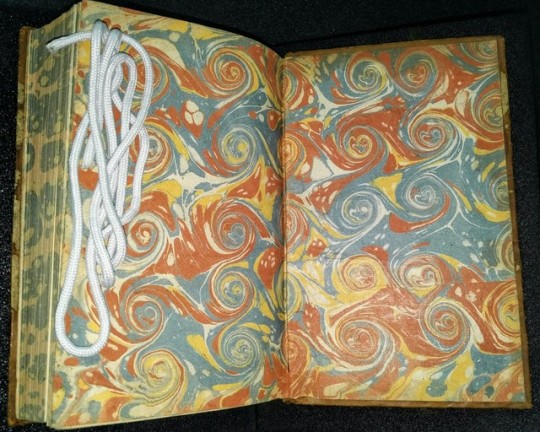




Today’s Google doodle, which celebrates the 287th birthday of Dutch scientist Jan Ingenhousz, reminds us we hold this 1785 edition of his Nouvelles expériences et observations sur divers objets de physique. Dedicated to Ingenhousz’s friend and colleague Benjamin Franklin, the volume is a staff favorite because of its brightly marbled edges and endpages, elegant gilt spine, and engraved fold-out plates. Among the images above are an engraving depicting an apparatus for breathing “dephlogisticated air” (oxygen gas) and a description of pocket-sized electrical machine for shooting a pistol through “inflammable air” (hydrogen).
Jan Ingenhousz (1730-1799), Nouvelles expériences et observations sur divers objets de physique (Paris: Chez P. Théophile Barrois le jeune, 1785).
#SpecialCollections#RareBooks#18thcentury#JanIngenhousz#BenjaminFranklin#Physics#Chemistry#NaturalScience#FoldOutPlates#Engravings#Marbling#BeautifulBindings#Enlightenment#GoogleDoodle
26 notes
·
View notes
Photo
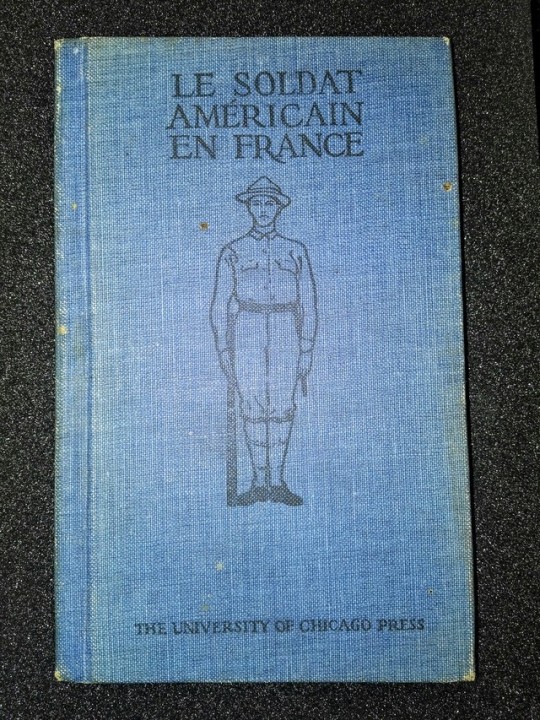
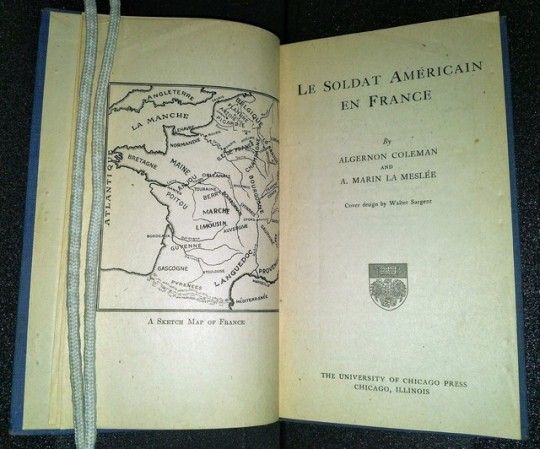



A French “reading and conversation book” for American soldiers prepared upon the entry of the United States into the First World War. This volume belonged to David S. Blondheim, at that time an associate professor of French and later a professor of Romance philology at Johns Hopkins University. Blondheim’s penciled notes suggest he might have used the book to prepare lessons for soldiers during his affiliation with the Army Educational Commission for American Soldiers Abroad from 1918-1919.
Algernon Coleman and A. Marin La Meslée, Le soldat américain en France (Chicago: University of Chicago Press, 1917). From the I. Edward Kiev Judaica Collection.
44 notes
·
View notes
Photo


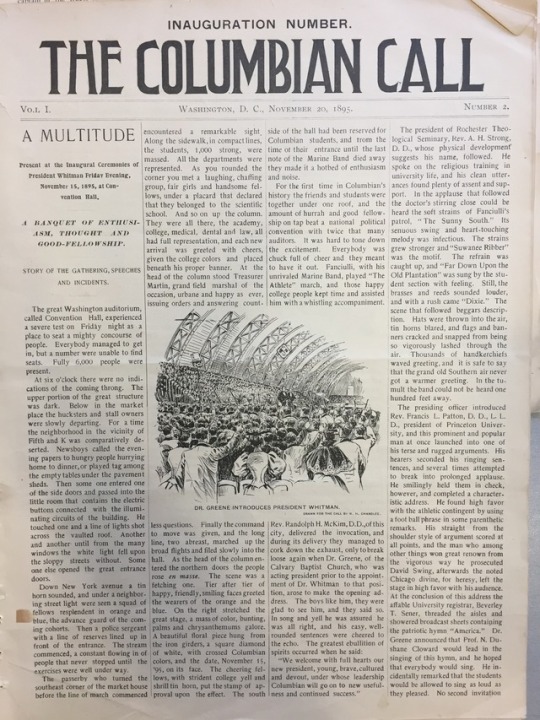
In preparation for President Thomas LeBlanc’s inauguration set for November 13, 2017 we are highlighting inaugurations of past GW presidents using materials from the University Archives.
Benaiah Longley Whitman was president of Columbian University (now George Washington University) from 1895 to 1900. He was inaugurated as the 8th president of the university on November 15, 1895. According to the articles in the above picture issues of The Columbian Call, 6,000 people attended his inauguration which was held in Convention Hall. A tin horn sounded down New York avenue and under a street light “were seen a squad of fellows resplendent in orange and blue,” (GW’s colors were orange and blue before they were buff and blue!)
President Whitman had a commanding personality. He was of large figure and his face was impressive with “philosophic calm”. It was natural to him to do things in a large way. He was eminent in scholarship, and his judgments were always characterized by magnanimity.
The University grew during his administration, although financial difficulties continued, a condition that was soon to become critical. The student body increased from 1,000 to 1,300, there were many additions to the faculties and many new courses of study. Also during Whitman’s tenure the University Extension Program was established, library science was added to the curriculum, a new law school building was erected, and training of nurses begun at the University's new hospital (whose new female superintendent was also the first woman to appear on the official faculty list). A special event during this period was the establishment of the School of Comparative Jurisprudence and Diplomacy. President McKinley and his cabinet attended the opening of the new school.
Whitman was born in Torbrook, Nova Scotia, November 21, 1862 and he died in Seattle, Washington, November 27, 1911. He graduated from Brown University in the class of 1887, with a B.A. degrees, and received an M.A. degree in 1890. He received the honorary degree of D.D. from Bowdoin College in 1894; the degree of LL.D. from Howard University in 1899, and from Furman University in 1906.
He married Mary J. Scott of Newton, Massachusetts, December 6, 1888. He was pastor of the Free Street Baptist Church, Portland, Maine, 1890-92; President of Colby University, 1892-95; President of Columbian, now George Washington University, 1895-1900; pastor of the Fifth Baptist Church, Philadelphia, Pennsylvania, 1900-07; First Baptist Church, Seattle, Washington, from 1908 until his death in 1911. He was lecturer in Bucknell University, 1900-07; trustee of Newton Theological Institution, 1894-02; of Crozer Theological Seminary, 1901-08; President of the American Baptist Historical Society, 1900-07. He was a member of the Delta Upsilon Fraternity and of Phi Beta Kappa.
His inaugural address at Colby University, Ideals of Education (1892) is available online.
He also authored:
Elements of Ethics (1893);
Elements of Sociology (1894);
Elements of Political Science (1899);
Outlines of Political History (1900).
Learn more about GW Presidents on GWPast
#Benaiah Longley Whitman#GWU#columbian university#Thomas Le Blanc#GW Presidents#GW Presidential Inauguration#GW History
25 notes
·
View notes
Photo
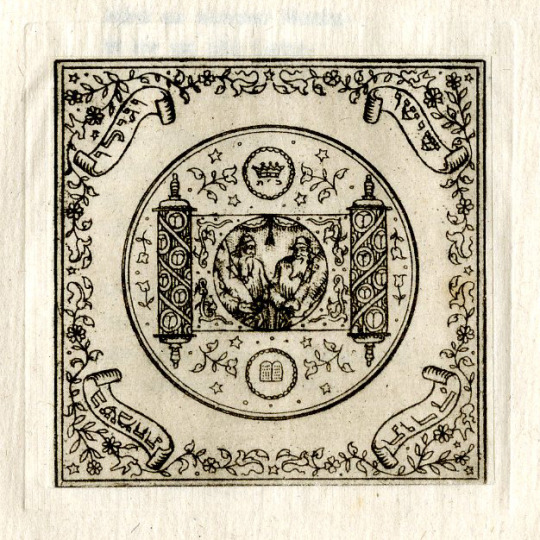
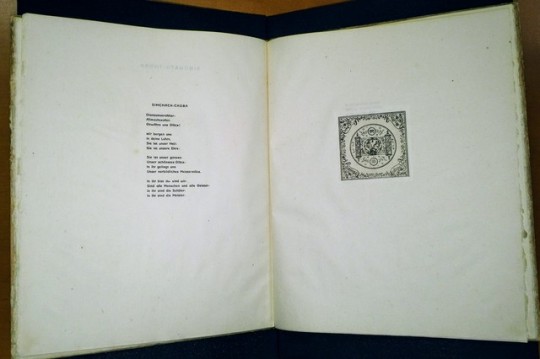

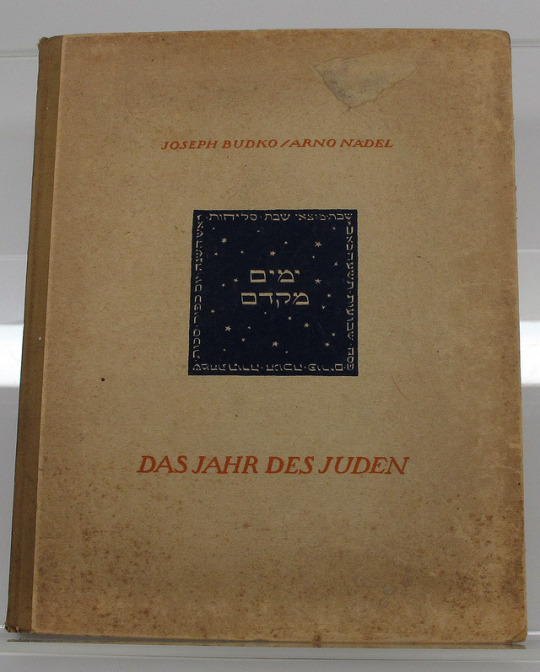
Today marks the Jewish festival of Simhat Torah celebrating the completion of the annual cycle of weekly Torah readings in the synagogue.
In this etching by Joseph Budko (1888-1940), which accompanies Nadel’s (1878-1943) poem, “Simchath-Thora”, two men participate in a traditional procession of Torah scrolls.
Spare and elegant, Budko and Nadel’s volume of twelve poems and etchings features a woodcut by Budko on the frontispiece and subtle decorative details including textured paper, deckle page edges, and embossed frames surrounding its tipped-in etchings. Though subtly detailed, the etchings are actually rather small-- they measure just 2.5 inches square.
Das Jahr des Juden (Berlin: Verlag für jüdische Kunst und Kultur Fritz Gurlitt, 1920). From the I. Edward Kiev Judaica Collection.
#SpecialCollections#Judaica#RareBooks#Etchings#Woodcuts#SimchatTorah#SimchasTorah#JosephBudko#WeimarBerlin#GermanExpressionism#FritzGurlittVerlag#WolfgangGurlitt
19 notes
·
View notes
Photo

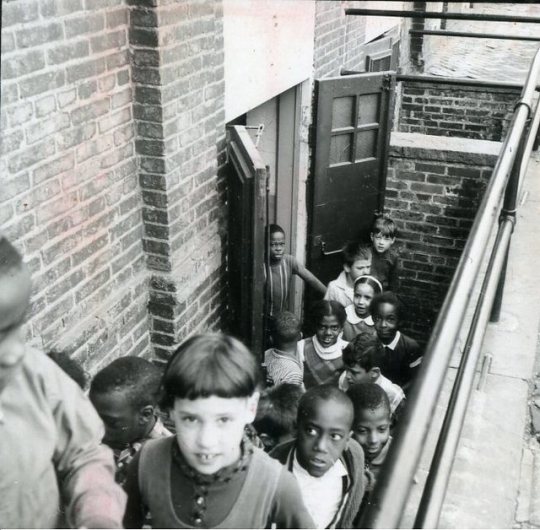



From 1965, these photos depict schoolchildren from Washington-area schools. They originally appeared in an National Education Association publication, and now held in Gelman Library’s Special Collections as part of the NEA collection.
16 notes
·
View notes
Photo

The Jewish festival of Yom Kippur, a day of reflection, fasting, and atonement, begins at sundown.
Copperplate engraving by Johann Georg Puschner illustrating observance of Yom Kippur from Paul Christian Kirchner’s Jüdisches Ceremoniel (most likely the 1724 edition published by Peter Conrad Monath in Nuremberg). I Edward Kiev Judaica Collection, K0001/004-0002#1489.
16 notes
·
View notes
Photo

A political cartoon taken from the N.E.A.’s 1983 report Extremism in the United States.
6 notes
·
View notes